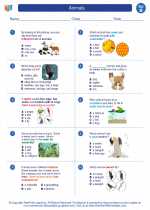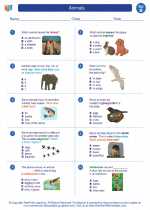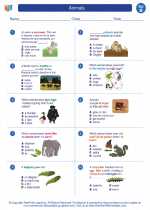Action-Reaction Law
The action-reaction law, also known as Newton's third law of motion, states that for every action, there is an equal and opposite reaction. This means that when one object exerts a force on another object, the second object exerts a force of equal magnitude in the opposite direction on the first object.
Explanation
When you push against a wall, the wall pushes back on you with an equal force in the opposite direction. This is an example of Newton's third law in action. The force you exert on the wall is the action, and the force the wall exerts back on you is the reaction.
Study Guide
- Definition: What is the action-reaction law?
- Examples: Provide examples of everyday situations where the action-reaction law is evident.
- Force Pairs: Explain the concept of force pairs and how they relate to the action-reaction law.
- Impact: Discuss the impact of the action-reaction law on various aspects of motion and everyday life.
- Importance: Why is understanding the action-reaction law important in the study of physics and mechanics?
Understanding the action-reaction law is essential for comprehending the principles of motion and force in the field of physics. It helps explain how objects move and interact with each other, laying the foundation for many scientific and engineering applications.
.◂Science Worksheets and Study Guides Second Grade. Animals

 Activity Lesson
Activity Lesson
 Worksheet/Answer key
Worksheet/Answer key
 Worksheet/Answer key
Worksheet/Answer key
 Worksheet/Answer key
Worksheet/Answer key
 Worksheet/Answer key
Worksheet/Answer key
 Vocabulary/Answer key
Vocabulary/Answer key
